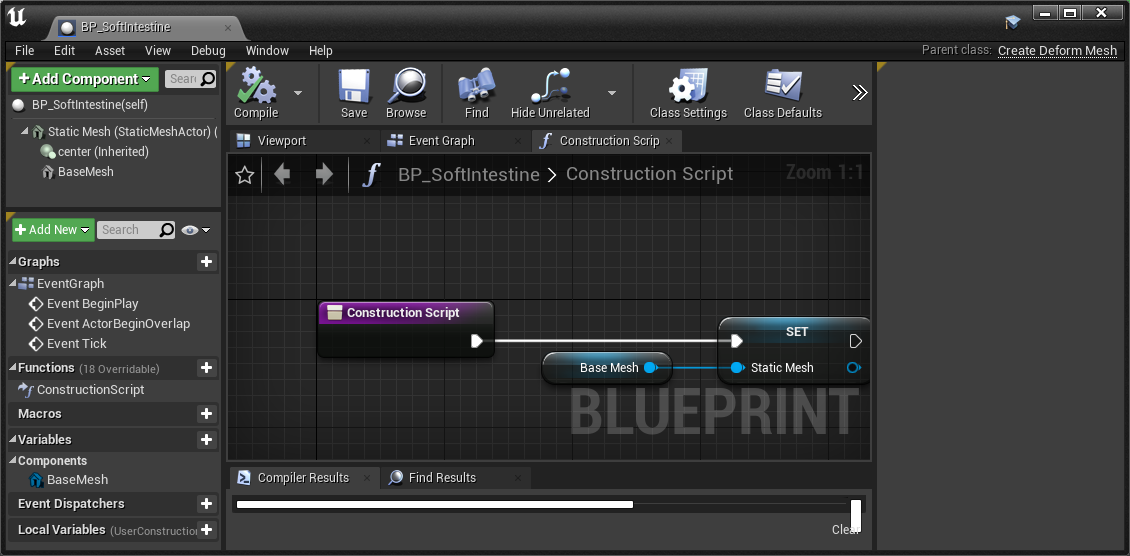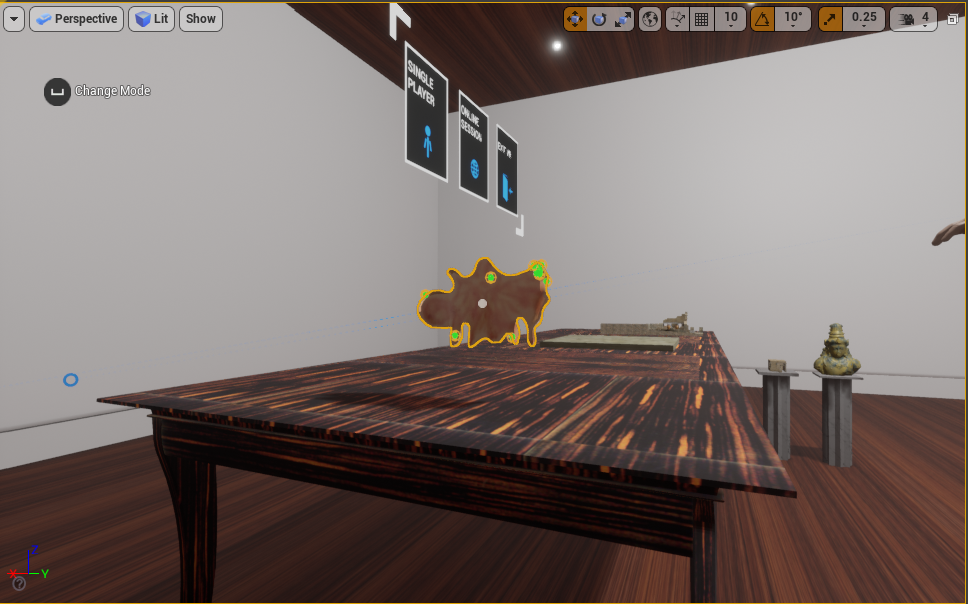Softbodies¶
Introduction¶
Realistic deformations play an important role in computer graphics, games, simulations and VR environments.
Soft body simulations are used to change an object shape, when external forces are applied.
The computation of physically accurate deformation of objects when VR users uses hands controllers to interact is a liturgy, which requires much computation power. Only a few applications and simulations use soft body deformation due to computation power needed.
MAGES™ SDK & Soft bodies¶
In MAGES™ SDK, we provide a novel soft mesh deformation algorithm suitable for Virtual Reality interaction and collaboration.
The soft deformation algorithm is based on shape matching techniques and particle based spring mass soft body simulations. Our particle-based soft body algorithm is different from the state of the art because it provides easy control of the particles as physical objects and a center point, which controls the entire soft body position.
Velocity based interaction can be applied directly to our particles while as physical objects can interact also with the environment.
Our Virtual Reality interaction system uses velocity base approach providing the ability to pick up, hold and drop objects. Due to our soft body particles nature, this interaction can be applied directly.
How-To¶
In MAGES Unreal, an example for a soft-body enabled intestine is located under “MAGES SDK Content/SDKAddons/Softbodies”.
Any soft-body blueprint is derived from the CreateDeformMesh native class. It requires a static mesh component (the actual soft body) from which to copy transformation and mesh data.
Inside the construction script of the blueprint, we set the Static Mesh property to the component instance:

On Begin Play, the mesh will be initialized with soft body interaction:

The green spheres represent the actual simulated particles of the softbody